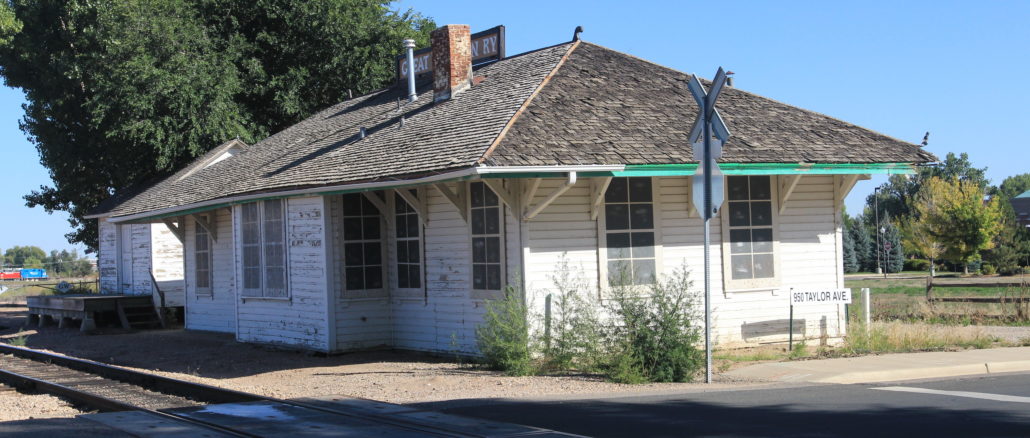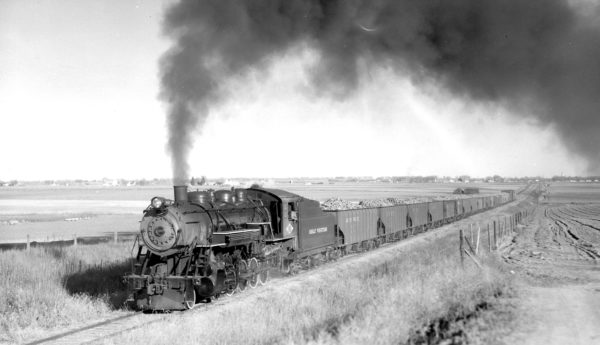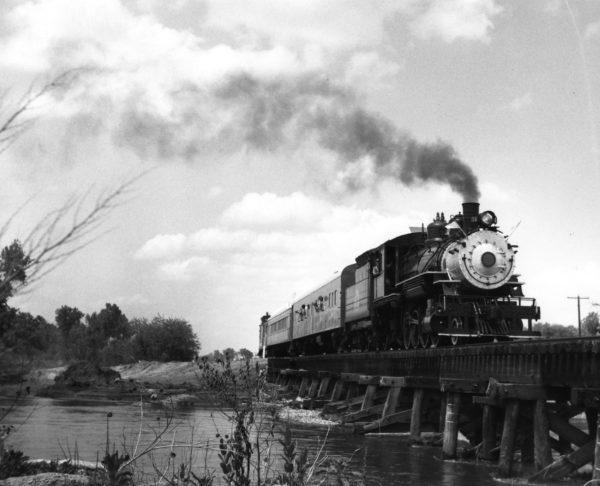
Support Northern Colorado Journalism
Show your support for North Forty News by helping us produce more content. It's a kind and simple gesture that will help us continue to bring more content to you.
BONUS - Donors get a link in their receipt to sign up for our once-per-week instant text messaging alert. Get your e-copy of North Forty News the moment it is released!
Click to DonateMy dad’s home town was Keota and mom grew up in Loveland. I grew up in LaSalle which was conceived as a railroad town. It had a roundhouse at one time but it was no longer in operation when I was growing up. The Great Western Railway (GWRy) was still a thing though. I have a memory of riding in the caboose of a GWRy train during a Cub Scout outing. Perhaps these are underlying reasons for my keen desire to save the railway depot at 10th St and Monroe Ave. But also, there’s a visceral need for a tie to place – landmarks and the stories that define them. We each have our reasons, our rationale, for living where we do. Some are our own making while others are from parents whose reasons we hold second-hand and maybe more generations back. We share them with others and they become community property. The GWRy is the community property of much of the North Front Range of Colorado. It tied many of the communities in Larimer and Weld Counties together in common interest and insured their survival through infancy.
As social creatures our lives are richer and more fulfilling when we work together to confront the issues we each face while living. I invite you to join me in a moving experience. We have an opportunity to preserve a landmark that represents what these communities were and what their residents were about during their formative years. After more than a decade of trying, the Loveland Historical Society (LHS) has succeeded in finding a path to saving a landmark. Understandings have been reached with OmniTRAX (the successor management of GWRy) and the City of Loveland. OmniTRAX will deed the GRWy Depot buildings to LHS and if LHS can fund the cost of moving the structures a short distance onto city property then the city will take ownership of them and restore and maintain them. If each resident of Loveland contributed a mere 75 cents to this effort we would have sufficient funds to save this landmark. If each resident of the communities served by this railway were to contribute a few nickels this task could be easily accomplished.

Motivated citizens working through LHS are making plans to raise the funds necessary to accomplish this goal. You can go to: lovelandhistorical.org/donate now and contribute. Inscribed bricks will be installed at the new location of the depot to acknowledge significant donors. The Sunnyside Park neighborhood in Loveland will be staging a community picnic in coordination with the Historical Preservation Commission during summer 2020. Materials and brews will be sold in support of this funding goal at the picnic so keep your schedule open and plan to participate in the festivities.

Some food for thought. In the 1900s when the Great Western Sugar Co. was incorporated, Loveland and Keota were similar in size and vitality. Keota was on a rail line (now defunct Chicago, Burlington and Quincy). It had a business district, a post office, a newspaper, a grain elevator, church and a three story high school building and a separate grade school. In 1991, however, it relinquished its status as a statutory town government and today it is a ghost town. It is a landmark fading from memory. Growing winter wheat exhausted the fragile land and there was no alternate occupation that the Keota community could turn to. So it is appropriate now to ponder the past of the GWRy territory, what is its essence today, what should we do now to maintain its vitality and in what condition should we deliver it to our progeny.
For some history of the railway, go here: reporterherald.com/2019/07/20/
